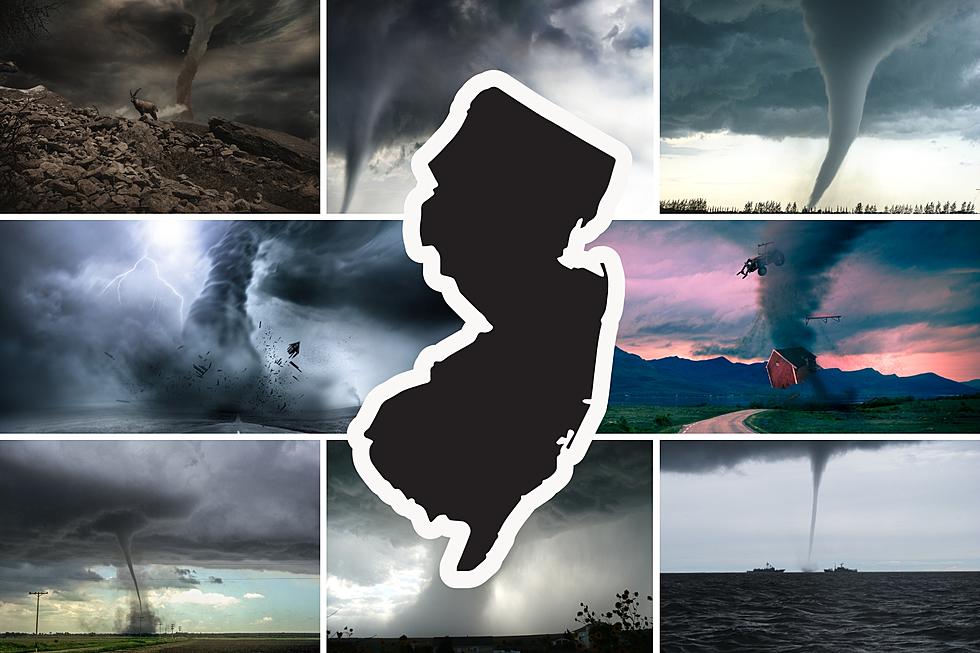![How Can You Protect Your Home from Lightning? [VIDEO/AUDIO]](http://townsquare.media/site/394/files/2013/06/Lightning.jpg?w=980&q=75)
How Can You Protect Your Home from Lightning? [VIDEO/AUDIO]
It's Lightning Safety Awareness Week. Lightning is the second leading cause of storm-related deaths in the United States, exceeded only by floods.
In fact, lightning strikes cost nearly $1 billion in insured losses each year. New Jersey ranked number 23rd in the nation in 2012 with 454 claims costing more the $2.2 million. But, there are steps you can take to protect your home or business.
"The average lightning claim costs more than $6,400," said Dave Phillips, State Farm spokesman. "There are two issues with lightning. You can have a direct strike, which can hit your structure and rip through it or cause a fire or you can have the risk of an indirect strike where it hits a nearby tree that can fall on your home or create a power surge that can zap your electronics or appliances."
"When you know there's an approaching storm in your area, you can unplug items or remember when the power goes out, this surge of electricity can cause damage when the power comes back on."
Consider the following tips to protect your home or business:
- A whole-house surge protector is the best starting point for reducing the risk of damage or a fire.
- Install additional protection for important or expensive electronic equipment.
- Make sure all equipment is UL-listed and properly labeled.
- Lightning protection systems are designed to protect a structure and provide a specified path to harness and safely ground the super-charged current of the lightning bolt. The system neither attracts or repels a strike, but receives the stroke and routes it harmlessly into the earth, thus discharging the dangerous electrical event.
"Take a look around your home and if you see that there are tree limbs or other things that can be blown or hit by lightning or that might be an attractive source during a storm. If you find anything, you may want to have it removed," said Phillilps.
Last year, 28 people were killed by lightning and 85 percent of the victims were children and young men ages 10 to 35 who were engaged in recreation or work. To prevent death or injury, the Lightning Protection Institute advises the following:
- Treat lightning with proper caution. If you're outside and a thunderstorm approaches, immediately seek shelter inside a fully enclosed building.
- If a building is not available, take shelter in a car with a metal top and keep doors and windows closed.
- Certain locations are extremely hazardous during thunderstorms. Avoid lakes, beaches or open water. Don't fish from a boat or dock, ride on golf carts, farm equipment, motorcycles or bicycles. Never seek shelter under a tree.
- If caught outdoors, try to minimize your risk by going to a place of lower elevation.
- Stay off the telephone. Don't stand near open windows, doorways or metal piping. Stay away from the TV, plumbing, sinks, tubs, radiators and stoves. Avoid contact with small electric appliances like radios, toasters and hairdryers.
Hail Field Research - Storm Time Lapse - Day 1 from IBHS on Vimeo. (Courtesy Insurance Institute for Business and Home Safety)
More From 92.7 WOBM










